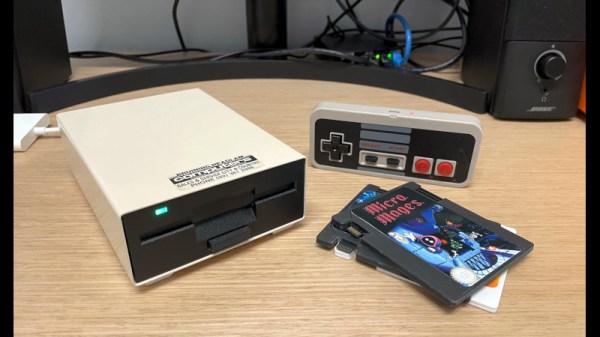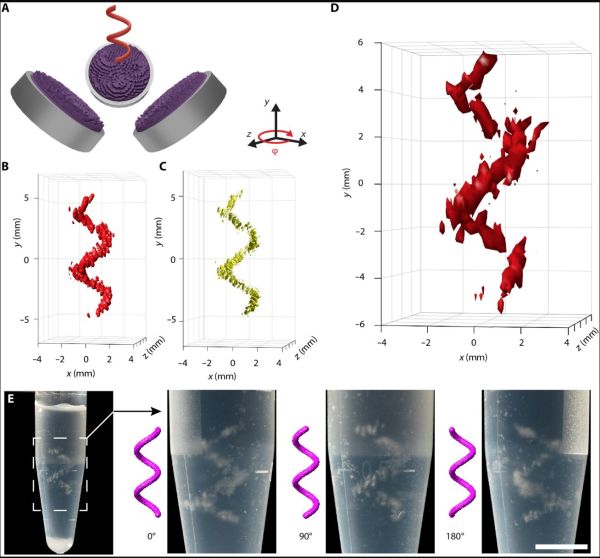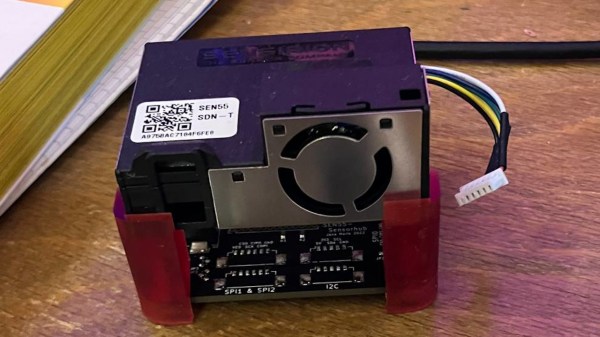At first sight, Floppy-8 is simply a LattePanda based PC built into the shell of a external vintage floppy drive. Indeed, it’s a very nicely executed LattePanda PC in a floppy, and we’re impressed by it. What turns it from a nifty case mod into something a bit special though, is the way creator [Abraham Haskins] has used floppy-like cartridges in the original floppy slot, as a means of loading software.
The cartridges started out as PCBs in the shape of a floppy with an SD socket on their bottom, and progressed to USB drives on 3D printed cartridges and finally and simplest of all, the same 3D printed cartridges with micro SD cards embedded in their leading edges. All this was necessary to get them thin enough to fit into the existing disk slot — if dimensions weren’t a concern, you could enclose various USB devices into printed cartridges. A script on the computer looks for new card insertion, and runs the appropriate autostart.sh script on the SD card if it finds one. If you don’t need the “disks” to fit into an existing slot, you could print them larger and embed
Beyond the cartridges, the PC itself is assembled on a 3D printed frame inside the case. It’s controlled via Bluetooth, with a pair of knock-off NES controllers for games and an Amazon Fire remote for media. We particularly like the idea of weighting the controllers with ball bearings to give them a little heft.
The LattePanda gives the Raspberry Pi a run for its money in these applications. We particularly liked this portable Macintosh.















